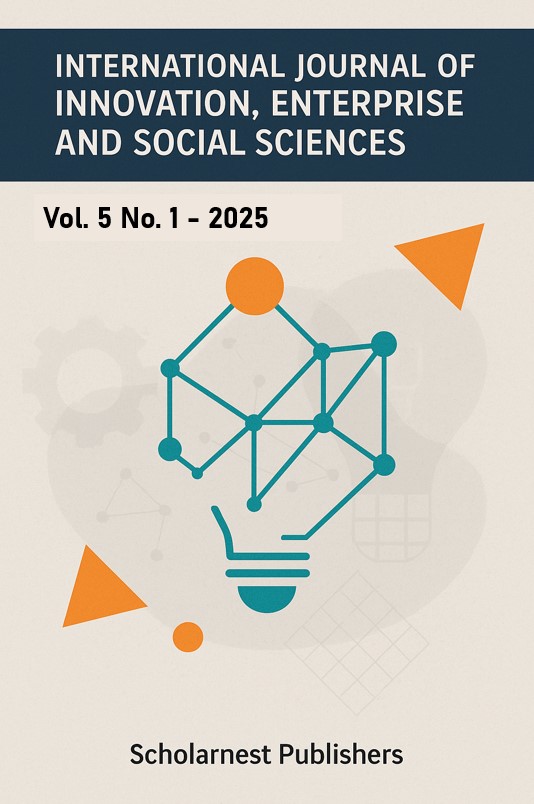Abstract
In the recent past, many state corporations in Kenya have been facing dismal performance trends, a situation that has derailed the sustainability of most of these crucial institutions. The general objective of the study was to determine the influence of strategic leadership practices on the performance of regulatory state corporations in Nairobi County, Kenya. Specifically, the study sought to w determine the influence of talent development on the performance of regulatory state corporations in Nairobi County, Kenya, to establish the influence of innovativeness on the performance of regulatory state corporations in Nairobi County, Kenya. This research was conducted based on Human Capital Theory, innovation diffusion theory. This study adopted a descriptive research design. The unit of analysis for this study was 46 state corporations in Kenya while the unit of observation was 340 management employees working with the state corporations. The study used Yamane formulae (Yamane 1967) to determine the appropriate sample size for this study. The 184 respondents were chosen with the help of stratified random sampling technique. The study then used simple random sampling to select respondents from each group. This research used a questionnaire to collect primary data. Eighteen questionnaires were piloted that represented 10% of the target population. The study collected quantitative data which was analysed using descriptive and inferential statistics using the Statistical Package for Social Sciences (SPSS) version 24. Multivariate linear regression was used to determine the relationship between the dependent and independent variables. Descriptive analysis showed that talent development had the highest mean score (4.136), followed by innovativeness (4.094). Correlation analysis confirmed significant positive relationships between all independent variables and performance, with talent development showing the strongest correlation (r = 0.835, p = 0.004). Regression analysis revealed that talent development (B = 0.412, p = 0.000), innovativeness (B = 0.356, p = 0.001), significantly predict organizational performance. The study concluded that talent development had the greatest influence on performance, followed by innovativeness. It is recommended that state corporations strengthen talent development programs, foster a culture of innovation, to improve decision-making and adaptability. Future research should explore additional performance factors, conduct longitudinal studies, and assess the role of external environmental influences on organizational success.
Key Words: Strategic Leadership Practices, Talent Development, Innovativeness, Performance of Regulatory State Corporations, Nairobi County, Kenya

